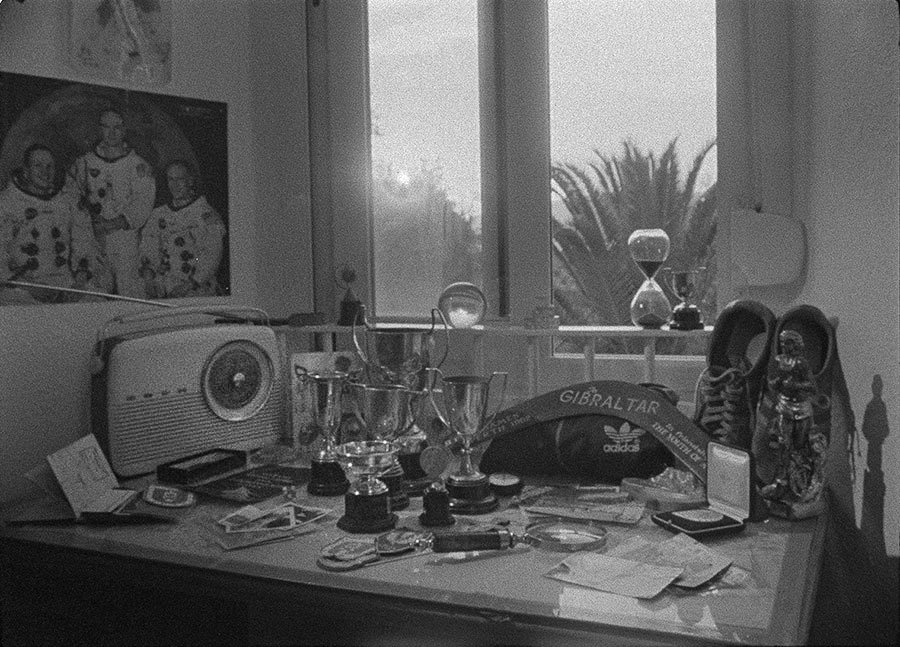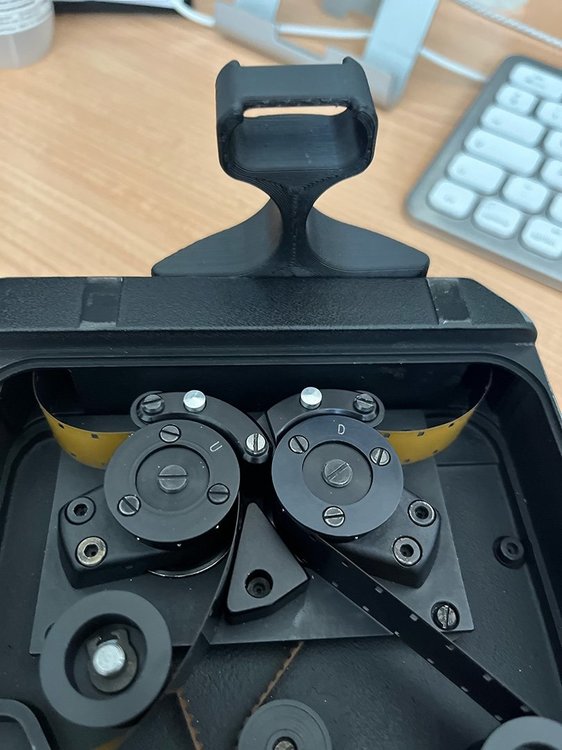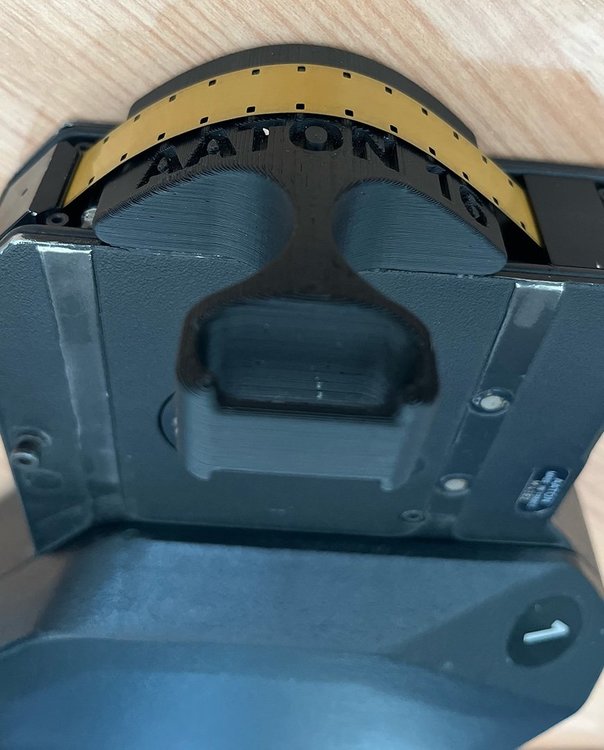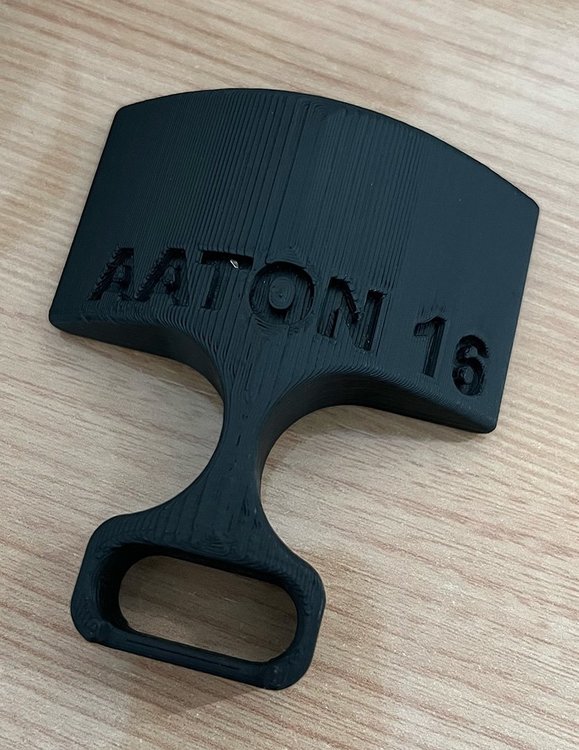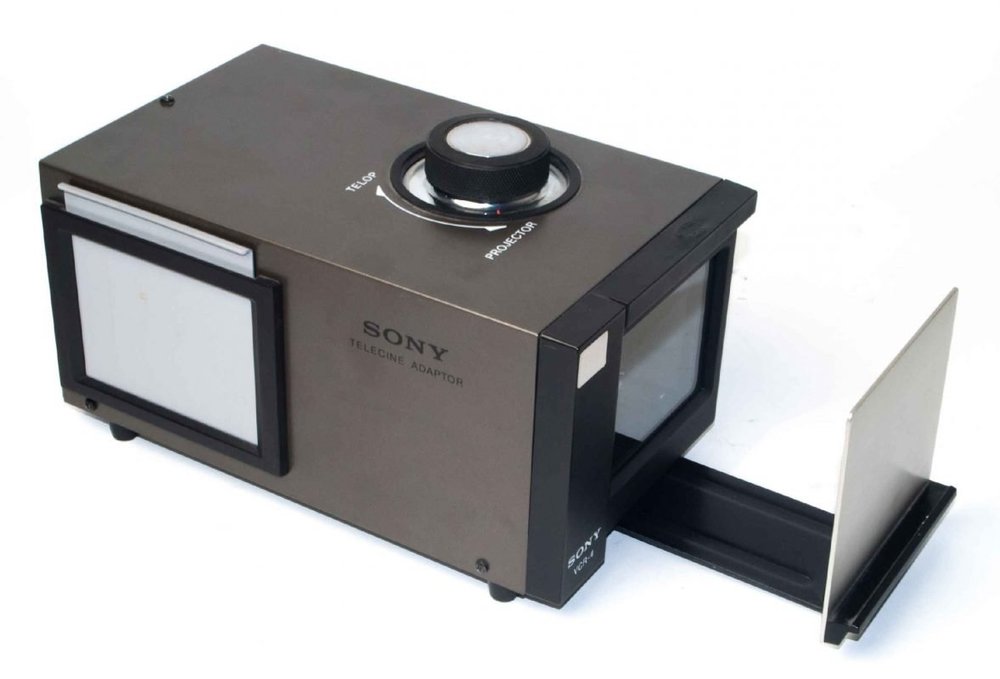-
Posts
1,307 -
Joined
-
Last visited
Everything posted by Stephen Perera
-
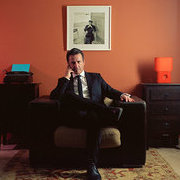
Asteroid City - Wes Anderson
Stephen Perera replied to Stephen Perera's topic in On Screen / Reviews & Observations
Moonrise Kingdom is also my favourite so far....one must watch a film to talk about it though haha I also left unfulfilled in terms of the plot and understanding of what I saw but in simple terms it was an existentialist piece and as such open to interpretation -

Seeking Expert Advice on Possible Aaton LTR45 Purchase
Stephen Perera replied to Zemin Li's topic in Aaton
so did you buy it then? -

Asteroid City - Wes Anderson
Stephen Perera replied to Stephen Perera's topic in On Screen / Reviews & Observations
I saw it again in original language and I really enjoyed it. It lost a LOT in translation. Anyone else seen it? Has it become less about cinematography and more an 'art director' 'production design' masterpiece? -
will definitely watch it when possible....it will not release anywhere near me so I have to wait for it to be available
-
....as Robert says, just loosen the screw on the spindle (see image) and lift it off...you will be left with a much thinner, metal spindle onto which you place your 100ft daylight film easily. The take-up is with a plastic CORE and NOT on a daylight spool Although called a daylight loading spool I load it in the dark the same as with 400ft spools....
-
Thanks Tyler Purcell for the Perfect Loop....so simple....perfect! received today..... For those that don't know what it does well it simply creates the 'perfect loop' of the film when loading the Aaton magazine, traditionally done by using our fingers...two of them,...but hey I have small hands and slim fingers.......which can result in a loud magazine and inner magazine accidents if not looped correctly.....
- 1 reply
-
- 4
-

-

-

-

Asteroid City - Wes Anderson
Stephen Perera replied to Stephen Perera's topic in On Screen / Reviews & Observations
so....what do we think after watching it??????? I saw it in the cinema in Spain, in Spanish - could not wait to see it! so will hold off my review until I watch it in the original language.....I loses everything in translation I think... Its on the cinemas here in Gibraltar in English language as from tomorrow -

Pictures of my new Aaton LTR 7 super 16mm PL
Stephen Perera replied to James welton's topic in Aaton
Hey Jon, yes the Sachtler is a lethal weapon in the wrong hands hahahaha -
I bought this model as it was the most manual.....I don't want a video tap and I don't want any electronics.....I want as much of a purist experience as possible...the most similar to shooting a Hasselblad. I LOVE the standard 16mm format and I'm glad I didn't pursue my initial thoughts of converting to super 16mm. I also don't care about PL mount. I can use Arri-B, Nikon F and M42 lenses on it. One can get carried away with what the 'industry' uses only to forget one is nowhere near the pearly gates of said industry but oceans and continents away haha In lockdown my batteries died...my fault....but Tyler Purcell has rescued it with an 'adapter' (for want of a better word but as such one that belittles the importance of it!) for modern batteries!
-

Pictures of my new Aaton LTR 7 super 16mm PL
Stephen Perera replied to James welton's topic in Aaton
-

Pictures of my new Aaton LTR 7 super 16mm PL
Stephen Perera replied to James welton's topic in Aaton
or.....as Emerald Haywood said in NOPE “Didn’t I tell you this motherf*cker is gonna come up here with a nonelectrical camera, let’s go, boy!” -

Pictures of my new Aaton LTR 7 super 16mm PL
Stephen Perera replied to James welton's topic in Aaton
looks great.....I have the XTR XC....no electronics other than the battery! -

Aaton XTR Prod - LIGHT LEAK Right side of frame
Stephen Perera replied to Boris Kalaidjiev's topic in Aaton
I'm by no means qualified to venture a resolution but let's disqualify the obvious..... 1. how are the magazines seals looking? anything pinched on there in the rubber? 2. are you taping up all the 'seams'.... When this happens on Hasselblad photography camera magazines its a problem of the 'seals' -
As part of my usual, annoying to some hopefully not, film evangelism.....here's some information about Cannes this year....taken from the Kodak website. "Kodak Motion Picture and Entertainment is celebrating thirty productions shot on film at the 2023 Cannes Film Festival. Four on-film titles, Asteroid City, Fallen Leaves, La Chimera and The Old Oak, will compete for the Palme d’Or, with an additional three titles featured in Un Certain Regard and ten titles across Directors’ Fortnight and Critics’ Week captured on film. 2023 also marks the centennial of 16mm film, and as proof of the format’s continued relevance and popularity, eighteen of the on-film titles at the festival chose 16mm as their capture medium. Out-of-competition productions Maïwen’s Jean du Barry, Sam Levinson’s The Idol, Martin Scorsese’s Killers of the Flowers Moon and Steve McQueen’s The Occupied City were each captured on KODAK 35mm film. "Congratulations to all of the motion picture artists whose work has been selected for Cannes 2023," said Vanessa Bendetti, Global Managing Director of Kodak Motion Picture and Entertainment. "To have so many shot-on-film productions screening and competing at the festival this year is undeniable testimony to the intrinsic value of the film medium and those who create with it. It is Kodak’s distinct honor to partner with these filmmakers to help bring their artistic visions to the screen."
- 1 reply
-
- 5
-

-
I find Double X to be of tighter latitude and requires good metering. Overexposure is to be reigned in especially.....it's kind of like shooting with slide film that you're watching blow outs on highlights as opposed to exposing for the shadows and forgetting of the highlights.....depends what you want of course........exterior shooting is more critical when it's high contrast.....that's just my opinion.....I think actual cinematographers give it 1.5 stops either way of latitude and I would agree..... I love Double X for interiors though.....the interior stuff I had natural light come in off the window - shot at specific times to get what I wanted.....plus an Arri 300w tungsten clamped to a shelf to fill in some bits......that's it.....
-
I entered a local Ministry of Culture visual arts competition a week ago…..and I won the ‘video’ category with this piece (originally just intended as a family heirloom). I re-edited the footage processed for me by Cinelab London in DaVinci Resolve. Not many entries from our 33,000 population, so not exactly a Cannes winning equivalent haha but the prize money will be used to shoot something else on my beloved 16mm film. Watch in 2K if you can. The grain is a bit sludgy no thanks to YouTube…..and no I will not be adding ‘award winning cinematographer’ to my legend hahahaha wtf as if
-

16mm short film premiere in London
Stephen Perera replied to Diego Collado's topic in General Discussion
Buena suerte Diego que vaya todo bien -

About "The Whale"
Stephen Perera replied to Abdul Rahman Jamous's topic in On Screen / Reviews & Observations
Still to see this film but I will……always good to create a thread of all the big films -
Vintage Sony VCR-4 Telecine Adapter and HVT-2100 Titler - in original boxes after minimal use (single project from new) for sale: any interest amongst community members message me.....they are not mine, they were my uncle's and would sell on their behalf if anyone is interested. https://van-eck.net/en/product/sony_vcr-4_telecine_adaptor_/
-
No VFX at all in my stuff it’s all one man band. I will stick to the default colour settings in DaVinci Resolve I think as ACES is a bridge too far for anything I will do that’s for sure and will probably frustrate me as much as ColorSync did back in the day when designing for print and dealing with colour photography scans on Apple Macs via Photoshop or whatever it was back in the 80s and 90s. I wasn’t even aware you had to put in an input profile for film scans…..I always get .dpx files that magically appears intact as one video file after importing.
-
very very interesting thank you.....my father was a projectionist of 16mm films for a little film club locally that used the theatre where he worked that also had book library and a record library.....so I remember him using the splicer and the glue and I was with him in the booth often......
-
thanks Mark appreciate the explanation


